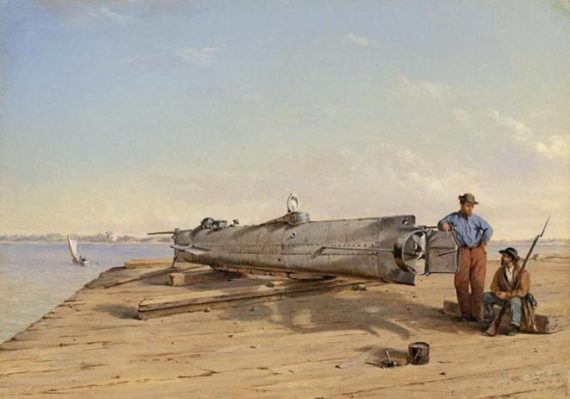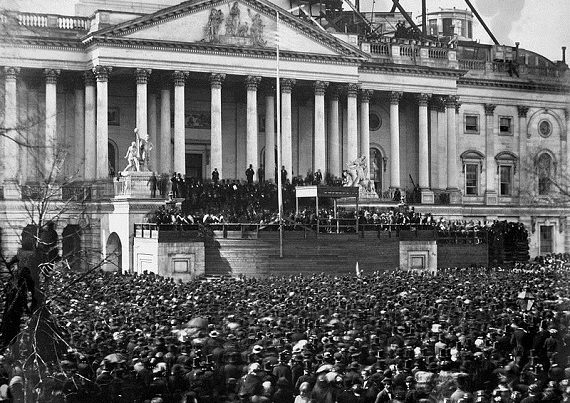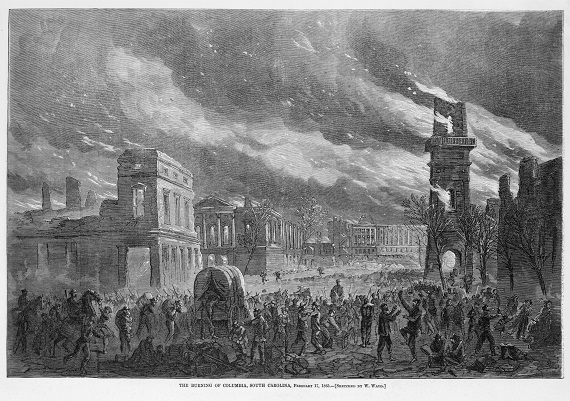The following is a letter-to-the-editor of the Charleston, SC Post and Courier September 15, 2018 defending the crew of the CSS Hunley. It applies to all Confederates soldiers.
Dear Editor of The Post and Courier,
A letter writer on September 12, 2018 is adamant that the proposed museum for the Confederate submarine H. L. Hunley should not be incorporated into Patriot’s Point because Patriot’s Point honors the U.S. Navy and those “who defended the U.S. and its Constitution” whereas the CSS Hunley crew were traitors.
He is correct that the Hunley’s sinking of the USS Housatonic to become the first submarine in history to sink an enemy ship in combat was an historic event, but he errs grievously when he says the Hunley should also be remembered “for their pardons for treason.” That is fake history.
The Hunley crew gave their lives for their country. They were not charged with treason and nobody associated with the Hunley sought a pardon.
The writer is confused about our country’s founding because nowhere in the U. S. Constitution in 1861 did it say the Federal Government had a right or obligation to wage war against any state in the Union for any reason.
The country was not centralized in those days and each state was sovereign and independent and had been since the Colonists won the Revolutionary War. King George III agreed to the Treaty of Paris, September 3, 1783, which stated: “Article 1st. His Britannic Majesty acknowledges the said United States, viz, New-Hampshire, Massachusetts-Bay, Rhode Island and Providence Plantations, Connecticut, New-York, New Jersey, Pennsylvania, Delaware, Maryland, Virginia, North Carolina, South Carolina and Georgia, to be free, sovereign and independent states . . . “.
No state ever rescinded its sovereignty or gave up its independence.
In fact, three states were so protective of their independence that they insisted, before they would join the new Union, that they could secede from it if it became tyrannical in their eyes. Those states were New York, Rhode Island and Virginia. Because all the states were admitted to the Union as equals, the acceptance of the right of secession demanded by New York, Rhode Island and Virginia, gave that right to all the other states.
The right of secession was not questioned during the antebellum era. It was taught in places like the United States Military Academy at West Point in famous texts such as William Rawle’s A View of the Constitution of the United States of America. The New England states with their Hartford Convention almost seceded over the War of 1812, but the Southern boys under Andrew Jackson defeated the British in New Orleans and ended the war. New England threatened secession again with the admission of Texas in 1845. Even Horace Greeley believed in the right of secession (“let the erring sisters go”) until he realized the loss of his Southern manufacturing market and cotton threatened to destroy the Northern economy, and along with it, his wealth and power. Then he wanted war.
In the Constitutional Convention of 1787, the Founding Fathers called for the Constitution to be ratified by each state through a special convention of the people to decide that one issue, rather than through their legislatures. If they ratified it through their legislatures, a later legislature might rescind the ratification of an earlier legislature, therefore a convention of the people was a more sound basis for a state to approve the Constitution.
When the Southern States seceded, they followed the exact precedent set by the Founding Fathers in the Constitutional Convention of 1787. Each Southern state called a convention of the people (commonly called a secession convention), elected delegates as Unionists or Secessionists, debated the single issue of whether to stay in the Union or leave, then seven states voted to secede. Four rejected secession for the time being.
When the guns of Fort Sumter sounded, there were more slave states in the Union (eight, soon to be nine) than the Confederacy (seven). Of course, the four that had rejected secession, immediately seceded when Lincoln called for 75,000 volunteers to invade the South because they did not believe the Federal Government had a right to invade a sovereign state or coerce it to do anything.
Secession was their legal right and they did it properly. So, the idea that the crew of the CSS Hunley were traitors, is ludicrous.
I might remind the letter writer that the Hunley crew’s ancestors, like all Confederate ancestors, gave our country independence because the Revolutionary War was won in the South.
And the Hunley crew’s descendants, being from the South ¾ a region that reveres military service ¾ helped mightily to win every other American war.
Patriot’s Point represents the highest ideals of American valor and patriotism, and there is none greater than that exhibited by the crew of the CSS Hunley.
The Hunley museum should not only be at Patriot’s Point, it should be the star of Patriot’s Point. The Hunley is only part of the story of the Siege of Charleston, which was one of the longest sieges in history. Anyone who has seen some of the hundreds of pictures of Charleston destroyed from the Battery to Calhoun Street by Union shelling from ships such as the USS Housatonic, knows there is a tremendous story here. The Confederate semi-submersible cigar-shaped vessels (Davids) that harassed the Union blockade as well as the ironclads, Palmetto State and Chicora, and blockade runners, are not as well known as the Hunley but just as fascinating. All of this should be told at Patriot’s Point.
Patriot’s Point could become one of the greatest historical assets on the planet. With Fort Sumter, Fort Moultrie, and the new International African-American Museum coming soon, Charleston could dominate history tourism like nowhere on earth and take us to a level we can’t even imagine right now.







